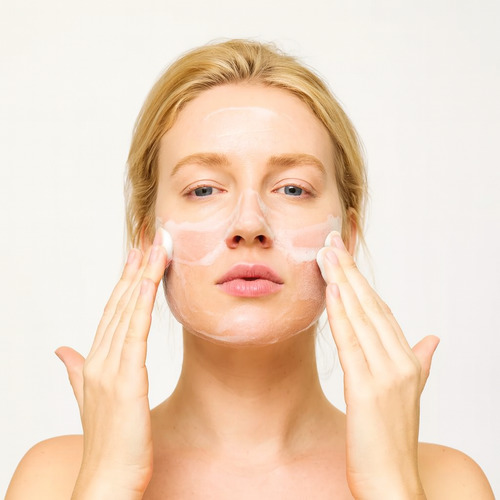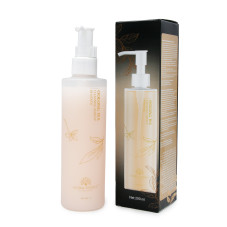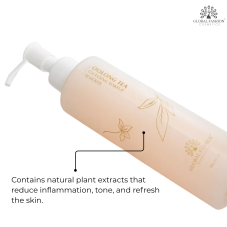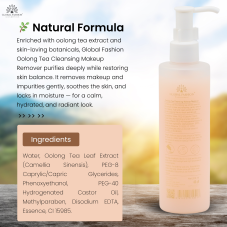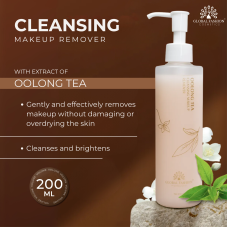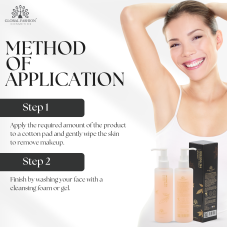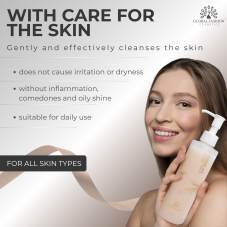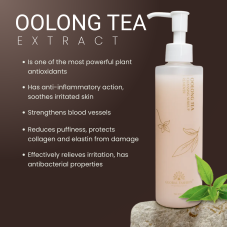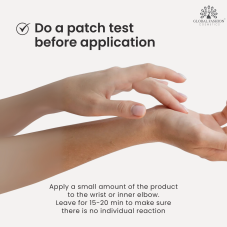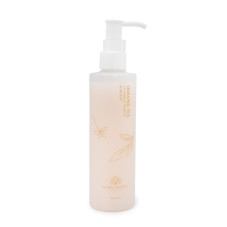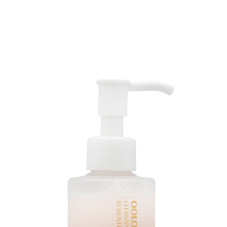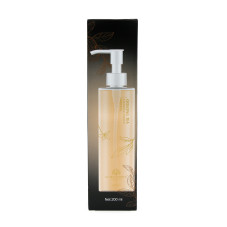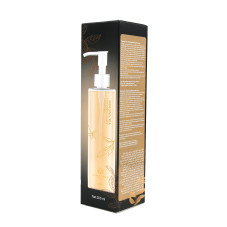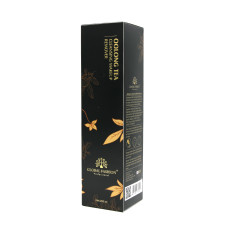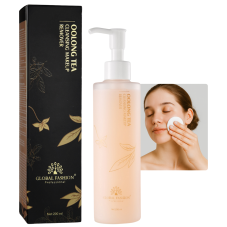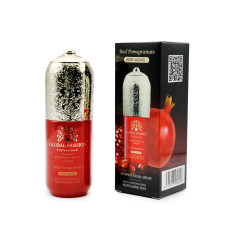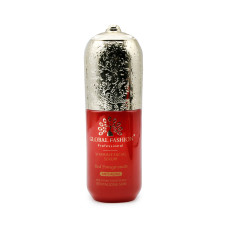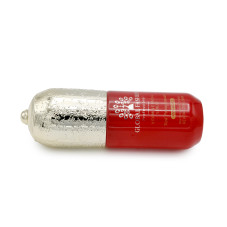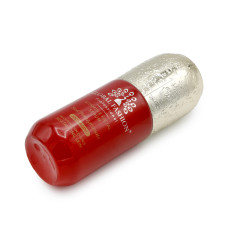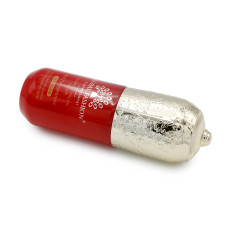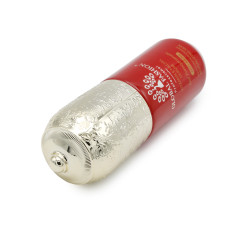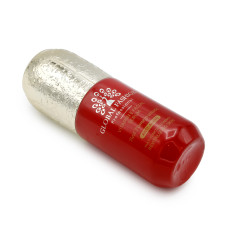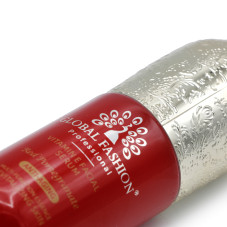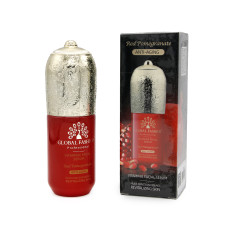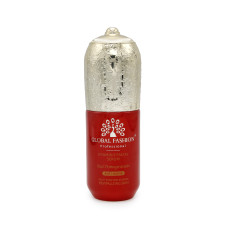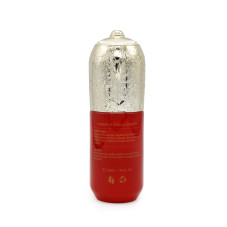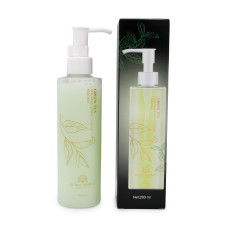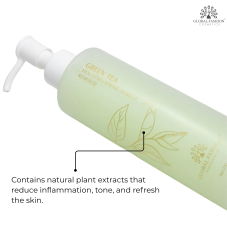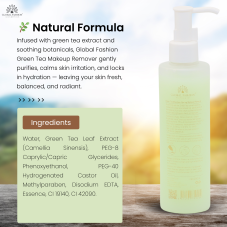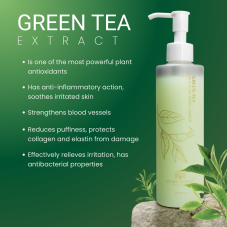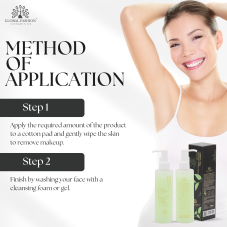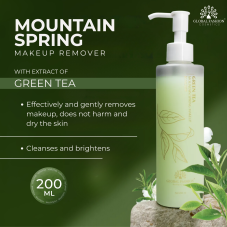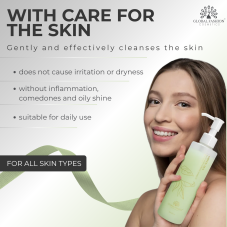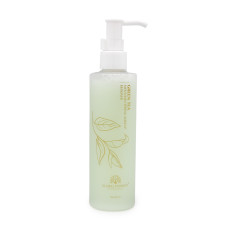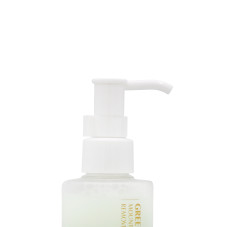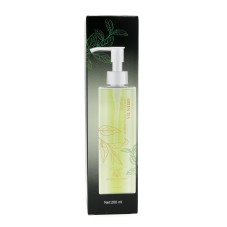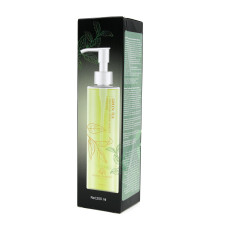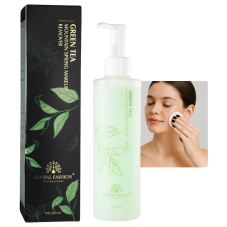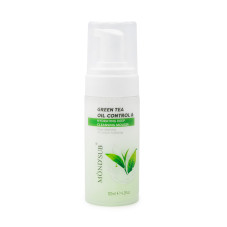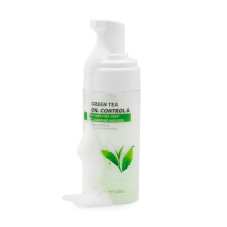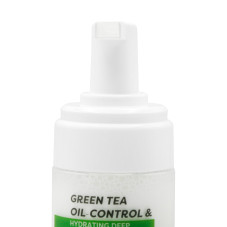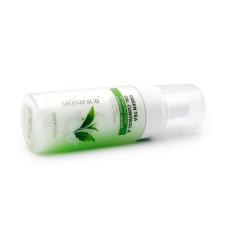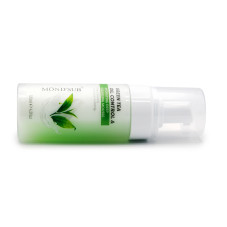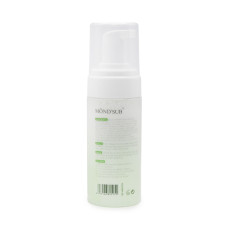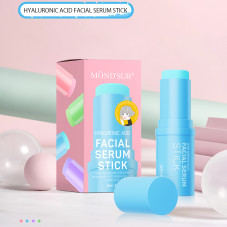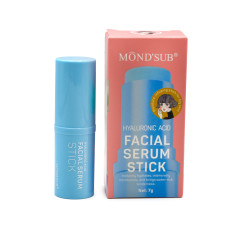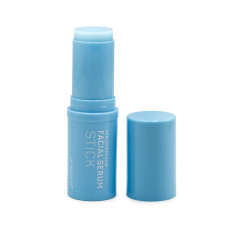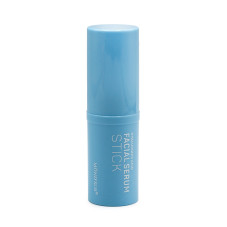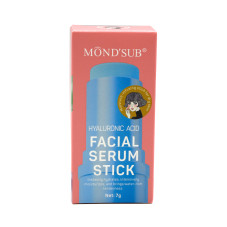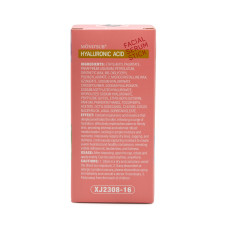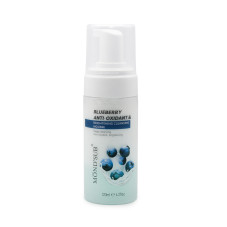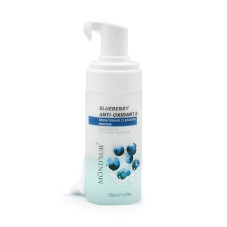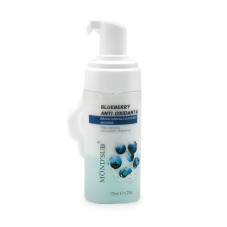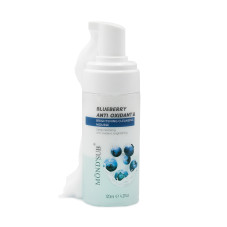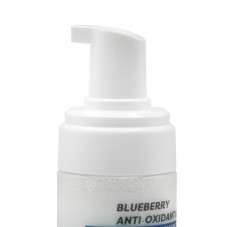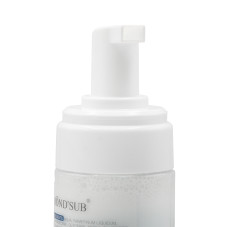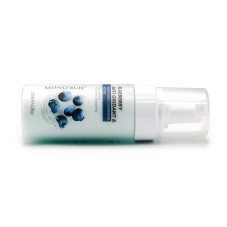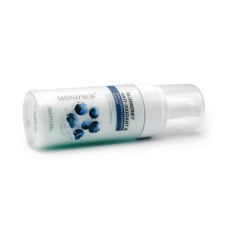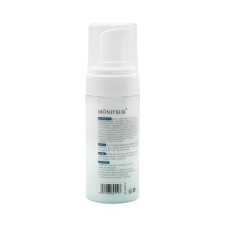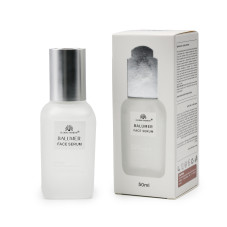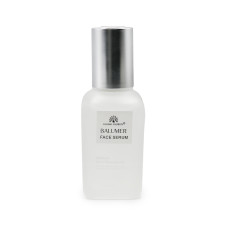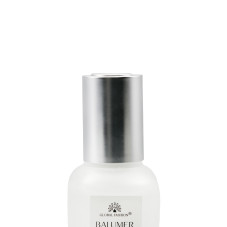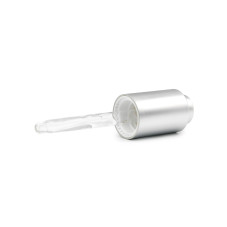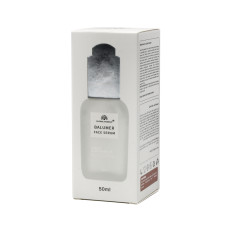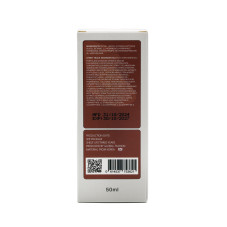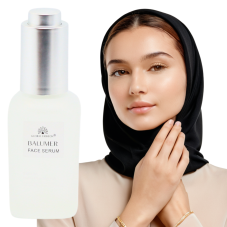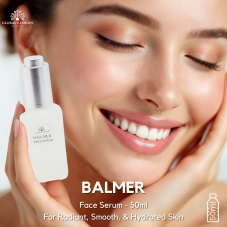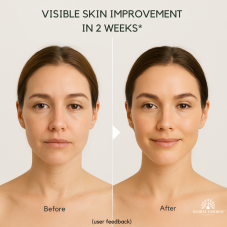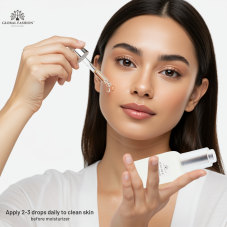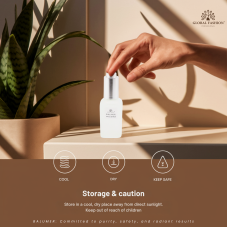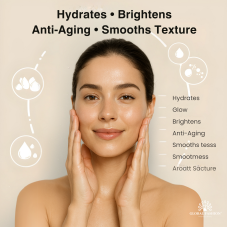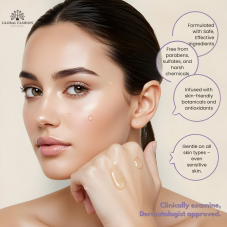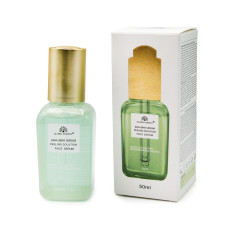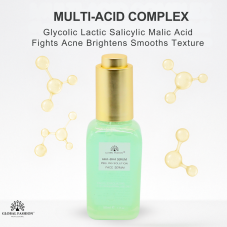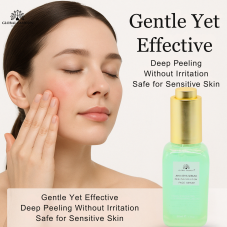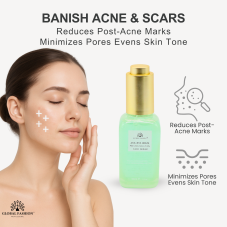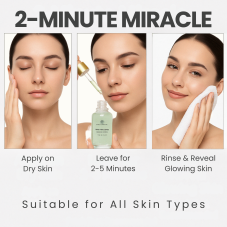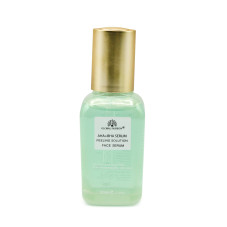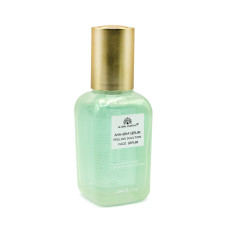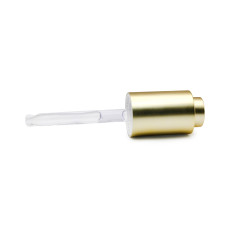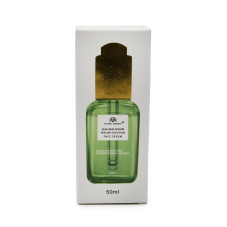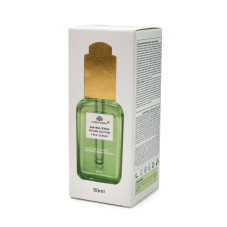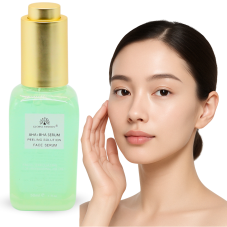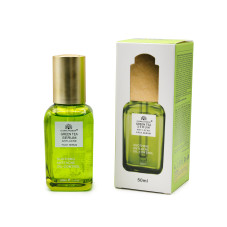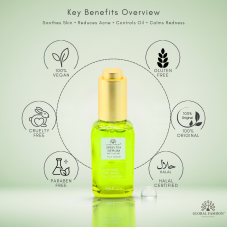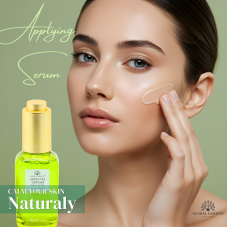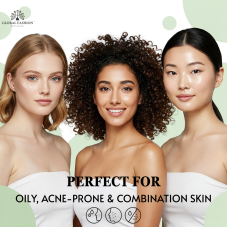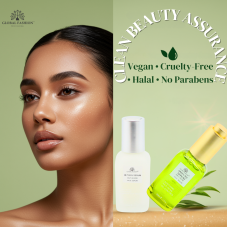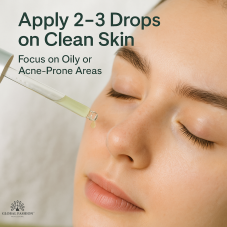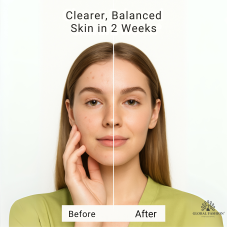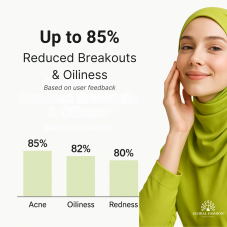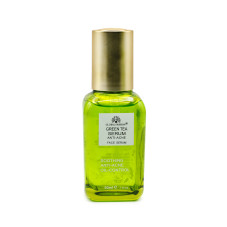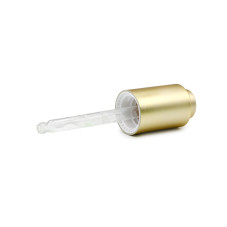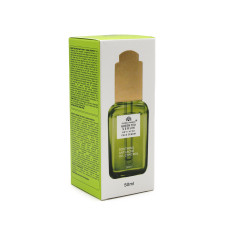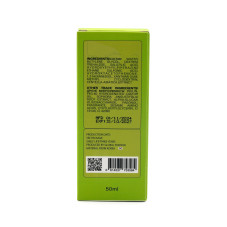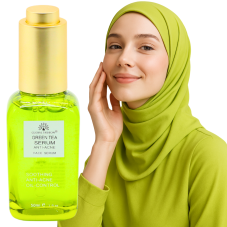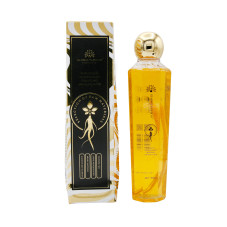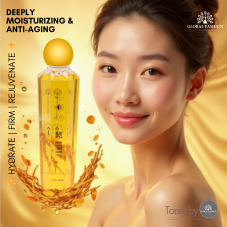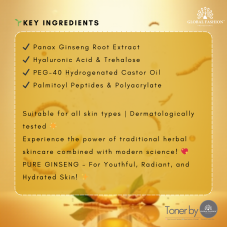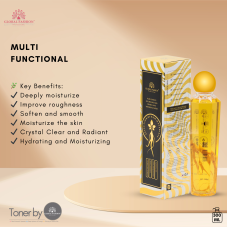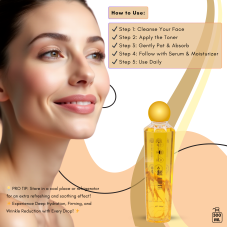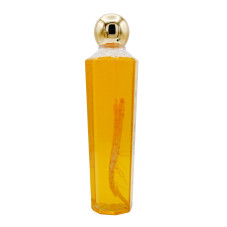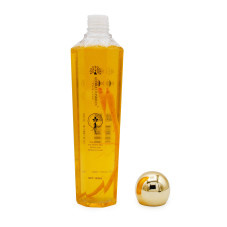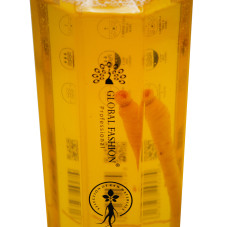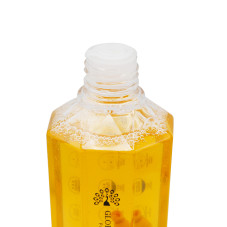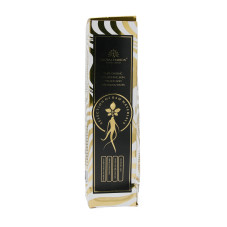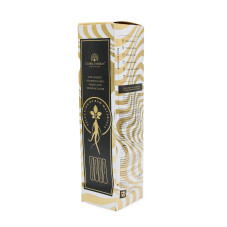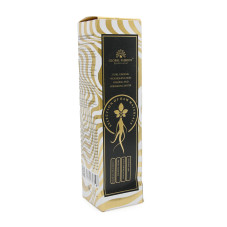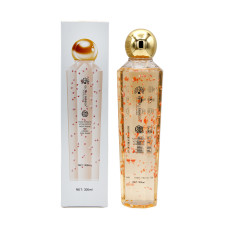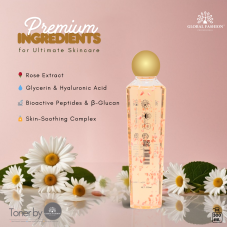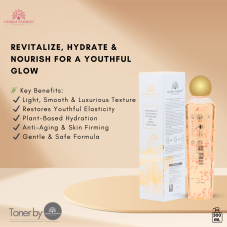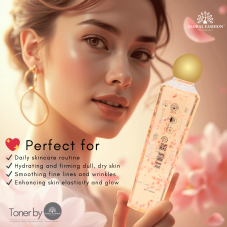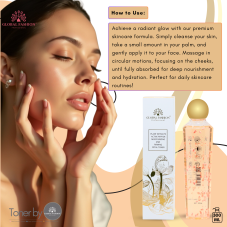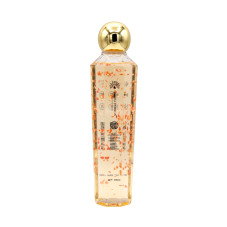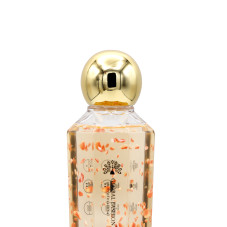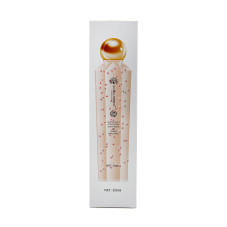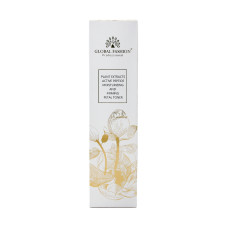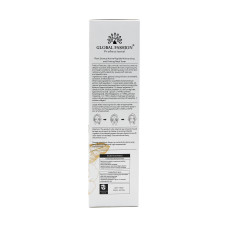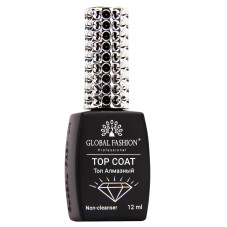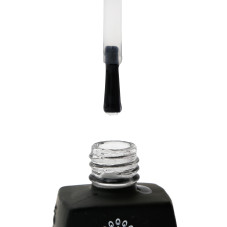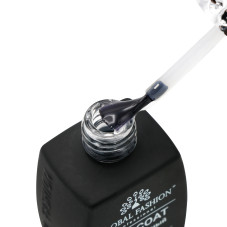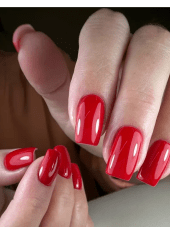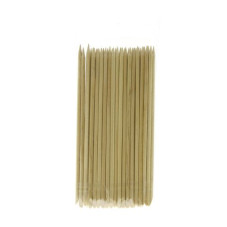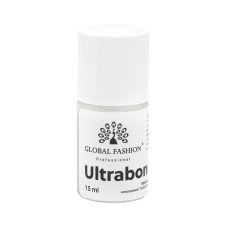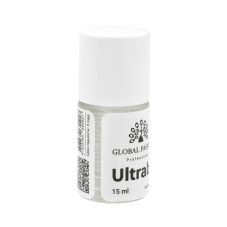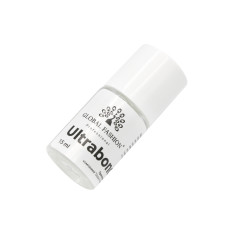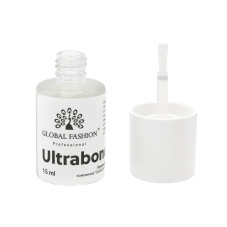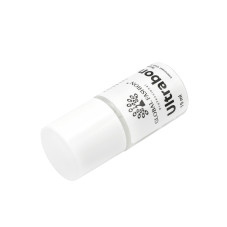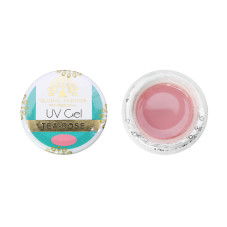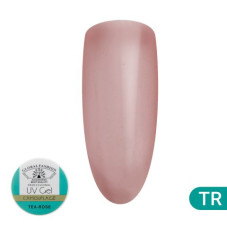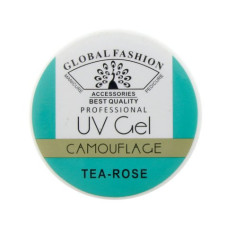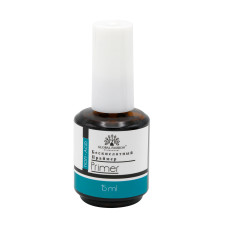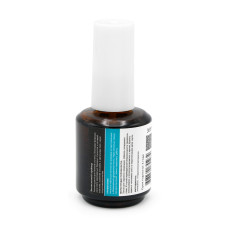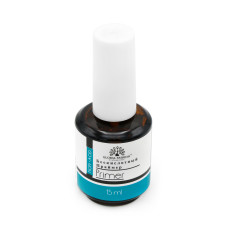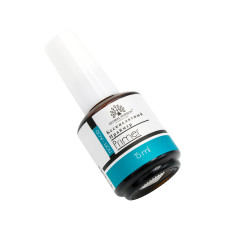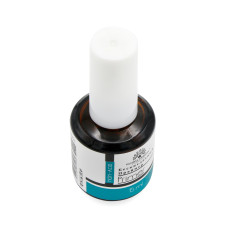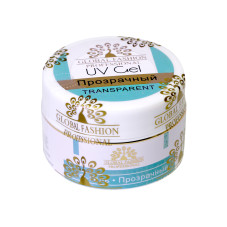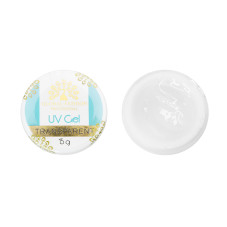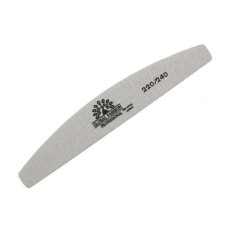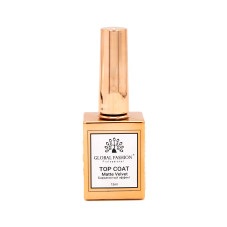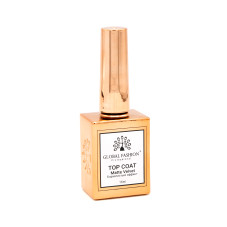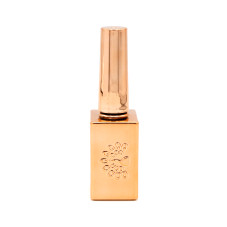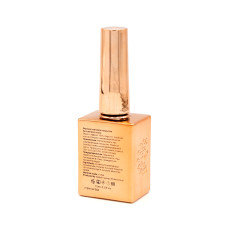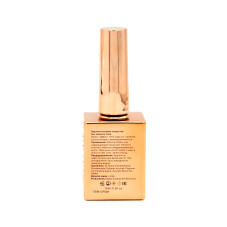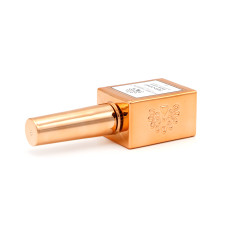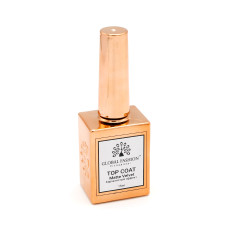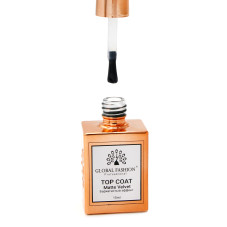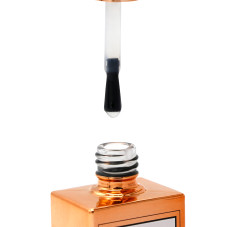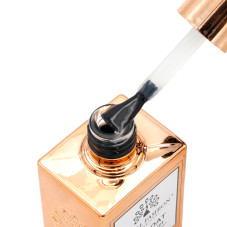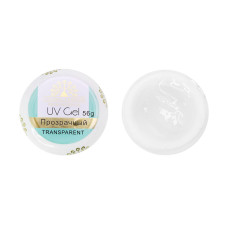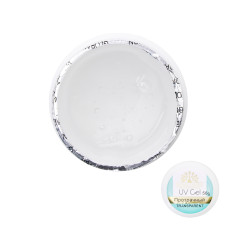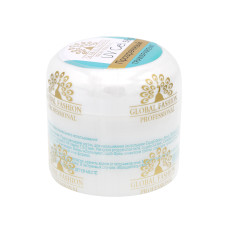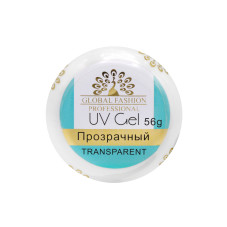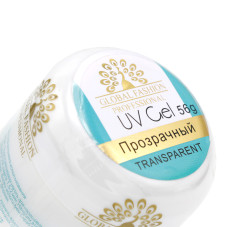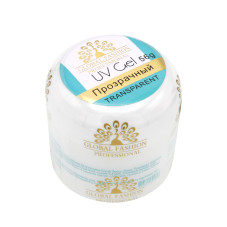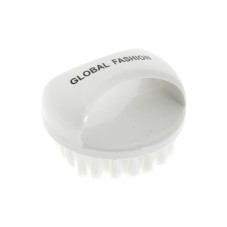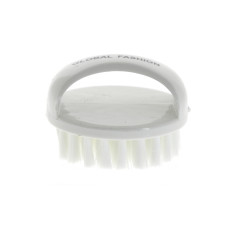How to Determine Your Skin Type and Choose the Perfect Skincare: A Complete Guide

When it comes to self-discovery, knowing your skin type is one of the most valuable things you can learn about yourself. Skin type is real, and understanding it plays a key role in choosing cosmetic products and establishing an effective skincare routine.
Knowing your skin type helps determine which products will benefit your skin and which may cause harm. Most over-the-counter skincare products are not suitable for everyone, so it’s important to understand your individual needs. This knowledge allows you to select products and ingredients that effectively address current concerns, maintain skin health, and prevent new issues from arising.
In this article, we will take a detailed look at the different facial skin types and explain which home skincare routines are optimal for each.
What is a skin type?
Determining your skin type means understanding how your skin naturally functions at the present moment. Everyone has their own biological predisposition, and genetics determine how much sebum the skin produces. This factor is key in identifying your skin type.
However, skin type can be influenced not only by genetics but also by other factors, such as age, certain medications, and the climate or environmental conditions.
The main idea is that every skin type has its own unique needs. Understanding these needs and choosing the right skincare products allows your skin to look healthy, radiant, and feel comfortable.
How to Determine Your Skin Type
Perhaps the most common mistake people make when identifying their skin type is assessing it when it’s not in its natural state. Sudden breakouts don’t necessarily mean your skin is acne-prone, and increased dryness in winter doesn’t automatically indicate dry skin.
To accurately determine your natural skin type, try this simple expert-recommended method: wash your face with a gentle, mild cleanser, pat it dry with a towel, and avoid applying any additional products. Wait 30 minutes, then observe how your skin looks and feels.
- If your face appears shiny all over — you likely have oily skin.
- If shine appears only in the T-zone — your skin is combination.
- If your skin feels tight and looks dull — you have dry skin.
- If your skin feels irritated and uncomfortable to the touch — you have sensitive skin.
Yes, it really is that simple.
Skin Types: The Complete Guide
Facial skin comes in different types, and understanding your skin type helps you choose the right skincare and cosmetics.
Oily Skin
Oily skin often appears shiny due to increased sebum production, which can make pores look larger and more noticeable. While the unwanted shine usually appears in the T-zone, people with oily skin may experience it across the entire face.
There’s a common myth that oily skin doesn’t need moisturizing products. In fact, hydration is essential for every skin type. The key is to choose the right products — lightweight, oil-free, and non-comedogenic formulas. It’s also important to include gentle foaming cleansers in your routine that effectively remove excess sebum without drying out the skin.
Dry Skin
Dry skin usually appears dull, flaky, and often feels tight or uncomfortable. The best way to manage it is to restore as much moisture to the skin as possible. To do this, it’s important to use products that contain a combination of humectants — ingredients that attract water to the skin — and emollients, which help lock in moisture while softening and smoothing the skin’s surface.
Expert tip: Moisturizing creams that come in jars are typically more nourishing than those with a pump dispenser. As for cleansers, it’s best to avoid soap, as it can strip the skin of its natural oils and worsen dryness. Instead, opt for creamy, soap-free cleansers, as well as cleansing oils, milks, or balms.
Combination Skin
As the name suggests, this skin type combines characteristics of two others: some areas tend to be dry, while others are oily. Most often, the cheeks and the area around the mouth are dry, whereas the nose and forehead are more oily.
Finding the right products for this skin type can be quite challenging. Start with a gentle, mild cleanser, then use different formulas for different parts of your face. For example, a lightweight, oil-free moisturizer works well for the T-zone, while a richer cream is better suited for the cheeks.
Maintain a gentle skincare routine overall, but listen to your skin’s needs and adjust your daily care accordingly, alternating products to give your skin exactly what it needs each day.
Acne-Prone Skin
Acne-prone skin usually has an uneven texture due to blackheads and whiteheads and is prone to frequent breakouts. Inflammation often accompanies the appearance of pimples.
Oily and acne-prone skin often overlap, as excess sebum is one of the main causes of acne. Therefore, it’s recommended to use lightweight, non-comedogenic moisturizers and gentle foaming cleansers. It’s also helpful to include products with salicylic acid, benzoyl peroxide, or retinoids, which not only help treat acne but also prevent future breakouts.
Sensitive Skin
Many people mistakenly believe they have sensitive skin. For example, the skin may react to strong ingredients such as glycolic acid or retinol, and a person assumes they have sensitive skin. In reality, the reaction occurs because these are potent products that the skin has not yet adapted to — and such a response can happen with any skin type. Truly sensitive skin behaves differently: it tends to feel hot, turn red, itch, or become irritated even from showering, physical activity, or using gentle skincare products. People with this skin type are often diagnosed with eczema, rosacea, or dermatitis.
Choosing products based on the same criteria as for dry skin is a good idea, as there’s often an overlap between these types: a damaged skin barrier can cause both dryness and heightened sensitivity. Additionally, it’s best to opt for fragrance-free products with the simplest, most minimal ingredient lists — the fewer ingredients, the lower the risk of irritation.
Knowing your skin type is one of the most reliable ways to choose skincare and cosmetics that will truly be effective. Even if you’re confident that you know your type, remember — it can change over time. The fact that your skin was oily at 16 doesn’t necessarily mean it will stay that way at 36. That’s why it’s worth checking its condition from time to time with a simple at-home test.
Published: 09.10.2025 18:45
Times Read: 530
7703 bought
ID: 3678
120 MDL
2501 bought
ID: 3650
80 MDL
1202 bought
ID: 2003
80 MDL
1298 bought
ID: 3658
130 MDL
